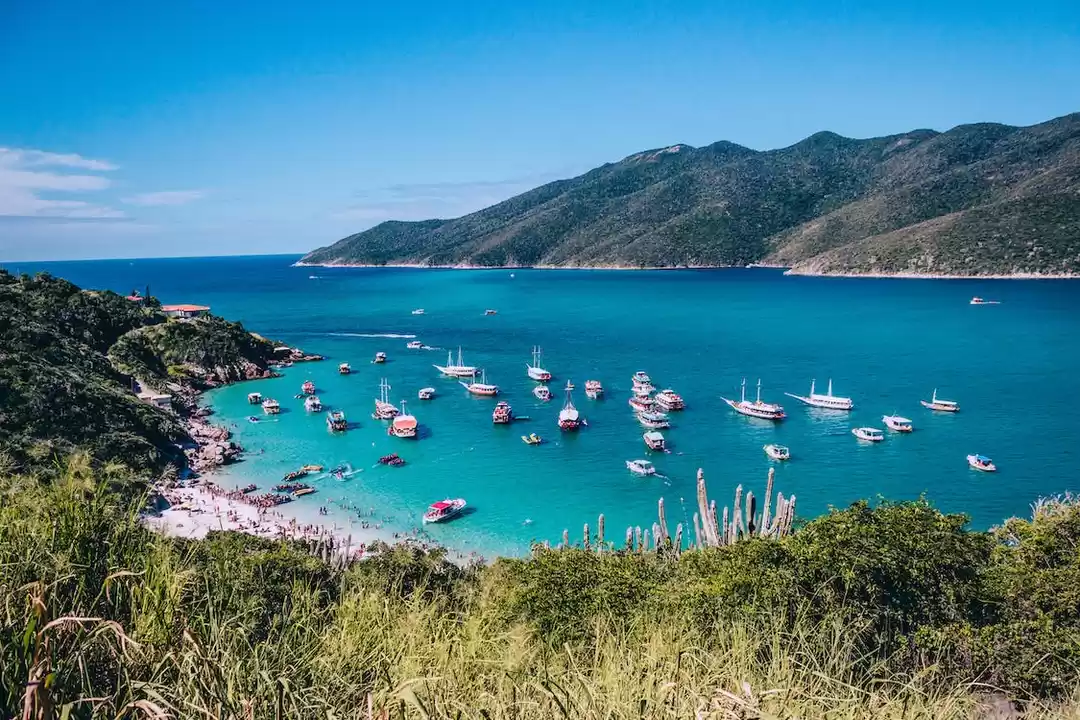
We all have heard, seen and even visited these blue waters but have you heard about the pink lakes? Yes, you read that right!
What comes to your mind when you think of the color blue? To me, blue is all about the beautiful and huge oceans, seas and lakes. It gives a sense of calmness and closeness to nature, which we all crave to get in our busy everyday life.
There are several pink lakes around the world that look almost too magical and milkshake-y to believe your eyes. Here are some of them, you might want to add some in your travel bucket list.
Pink Lakes of Las Coloradas, Mexico
The pink color of the lake is half natural and a half due to human practices.
During the times of Mayan civilization, manmade lagoons were flooded with salty water from the nearby lagoons.
Also Read: Dame Traveler on Real People, Real Stories ( Part - 11 )
When this water evaporated in the sun, naturally all that was left behind was salt. Red algae and Plankton got concentrated because of the water's saltiness and shallow depth (about only a foot), which gave the water its pink color.
Also, the concentration of microorganisms is pretty high (manmade reason) which makes the flamingoes of this region more pink than the ones found elsewhere. The incredibly salty water can sting a bit especially if you have cuts.
Salina de Torrevieja, Spain
Las Salinas de Torrevieja is one of the most famous natural parks of Valencia and is located nearby another water reserve known as the Laguna de la Mata in Spain.
It is spread across 1,400 hectares and has a rich flora and fauna. There isn't much vegetation around due to the usual high saline nature of the pink waters.
Lake Hillier, Australia
Lake Hillier is in the Middle Island in Australia, the largest of the islands and islets that make up the Recherche Archipelago.
There are salt deposits at the shore of the lake. It is about 600 meters (2,000 ft) in length by about 250 m (820 ft) in width.
The lake is surrounded by a rim of sand and a dense woodland of eucalyptus trees with a narrow strip of sand dunes covered by vegetation separating its northern edge from the northern coast of Middle Island.
The pink color is due to the presence of the organism Dunaliella salina, in addition, the salinity.
Let's connect on Facebook, Twitter, and InstagramSubscribe to never miss a post!

























